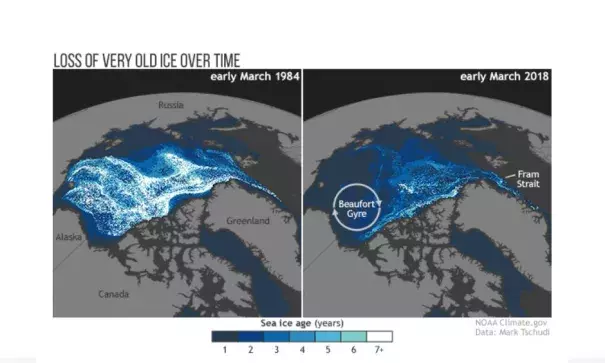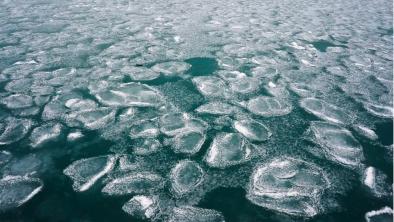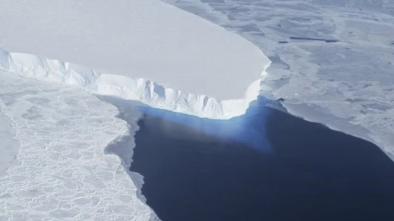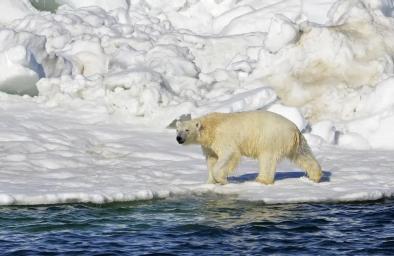Old sea ice continues disappearing from the Arctic Ocean

Sea ice grows throughout the fall and winter, and melts throughout the spring and summer. But not all Arctic sea ice melts; some portion of the ice survives at least one melt season, persisting throughout the summer months. This ice is usually thicker and more resistant to melt than ice that's less than a year old, and therefore more likely than first-year ice to survive the coming melt season. As Arctic sea ice often reaches its maximum extent around late February or early March (around the ninth week of the calendar year) that's a good time to measure multiyear versus first-year ice.
In the ninth week of 1984, multiyear ice comprised 61 percent of the Arctic sea ice pack. In the ninth week of 2018, multiyear ice comprised 34 percent of the sea ice pack. In its Arctic Sea Ice News and Analysis blog, the National Snow and Ice Data Center (NSIDC) reported that only 2 percent of the Arctic's sea ice was at least five years old. That is the lowest percentage of such old ice during wintertime in the satellite record.
These maps show multiyear and first-year ice in the ninth week of 1984 (left) and 2018 (right). Land areas are light gray. Ocean water is dark gray. Sea ice appears in shades of blue to white, with darker shades indicating younger, thinner ice, and white indicating the oldest ice (7 or more years old). The small amount of multiyear ice in early 2018 continued a decades-long trend of Arctic sea ice decline.
Related Content





